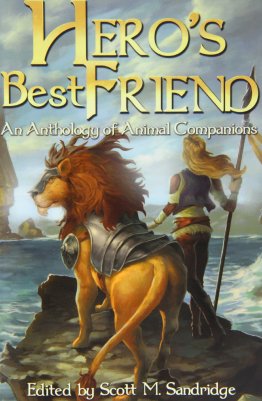Cat Out of Hell, by Lynne Truss – book review by Fred Patten.
by Patch O'Furr
Submitted by Fred Patten, Furry’s favorite historian and reviewer.
Cat Out of Hell, by Lynne Truss.
London, Hammer Books, March 2014, hardcover £9.99 (233 pages), Kindle £4.31.
As usual, this review lists the first, British, edition. American readers will find it easier to get one of the American editions (Melville House, March 2015).
An unnamed narrator is writing from an isolated English seaside vacation cottage. His wife of many years has died; despondent, he quits his dead-end Cambridge librarian’s job and rents this cottage in an off-season winter month to wallow in grief. But it is too lonely, and he becomes bored. He has his laptop computer, and when a Cambridge ex-colleague e-mails him some lengthy mysterious text and audio files named “Roger”, he opens them.
The files, from Roger and a man identified only as “Wiggy”, make it clear that Roger is supposedly a talking cat. Although incredulous at first, the narrator gradually comes to believe that the files are genuine. Roger really is a talking cat. What most convinces the narrator is Wiggy’s unmistakable denseness. The witty, sarcastic Roger constantly makes references and comments that go over Wiggy’s head, which the narrator gets. (Wiggy also tells enough about himself in bits and pieces to identify himself as a youngish amateur actor in Coventry named Will Caton-Pines.)
The first files relate to a screenplay about a talking cat that Wiggy is writing and is enthusiastic about selling. Roger is bored out of his mind. He doesn’t want to reveal himself to the public, and he is sure that Wiggy’s screenplay will be unsaleably bad. Different parts of the files explain how Wiggy acquired Roger (he was the pet of Wiggy’s sister, who has disappeared), and give Roger’s life story at length.









